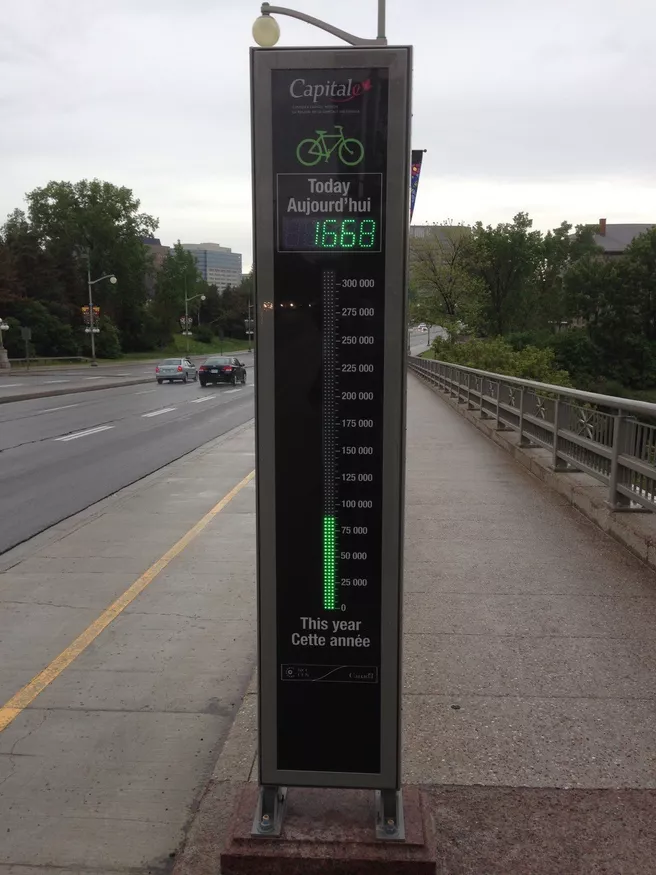Background and Objective of the Study
The idea of active transportation is to use human-powered transportation forms for the benefit of human health, the environment, social interactions, cost savings, and reducing road congestion. In particular, active transportation increases human mobility and promotes physical activity levels; regular physical activity in turn provides a wide range of health benefits to individuals. Also, active transportation has positive environmental effects. For example, walking and cycling—the two most prominent forms of active transportation—are space-efficient and low-emission travel modes compared to other modes. This study is concerned with walking in cities. If more individuals chose to walk in cities, human health could improve, and traffic density, environmental pollution, and climate change could be reduced. The purpose of this study is (1) to assess whether, and how, the availability of green space increases individuals’ intentions to walk further away from (vs. close to) traffic-dense roads in cities and (2) to assess whether, and how, the provision of information about air quality along different inner-city roads that people can take to get from a starting point to an end point influences their walking intentions.
Design and Results
In an experiment, German residents (n = 597) were either exposed to a map that showed, or a map that did not show, air pollution levels along two routes. The routes had the same starting and end points but differed with respect to expected traffic density. Furthermore, the availability of green space (i.e., a park environment) and two air pollution information provision elements—traffic light color-coding and explanations about the relationship between air pollution and health—were experimentally manipulated. The results showed that both the availability of green space and the provision of air quality information along the two routes increased the intentions to walk along the low (vs. high) traffic density road. Spatial psychological distance mediated the effect of the availability of green space on intentions to walk along the low traffic density road. The level of air quality should be indicated by intuitive schemes, such as traffic light colors and recommendations given by the WHO.
Implications
Public policy makers can be recommended to increase availability of green space, display them prominently in maps so that they can be identified easily, and raise awareness of air quality conditions along roads via intuitively interpretable schemes.
Contact
Chair of Sport and Health Management
Prof. Dr. Jörg Königstorfer
Secretary: Mirjam Eggers
Uptown Munich Campus D
Georg-Brauchle-Ring 60/62
80992 Munich Germany
Phone: +49.89.289.24559
Fax: +49.89.289.24642
info.mgt@sg.tum.de
